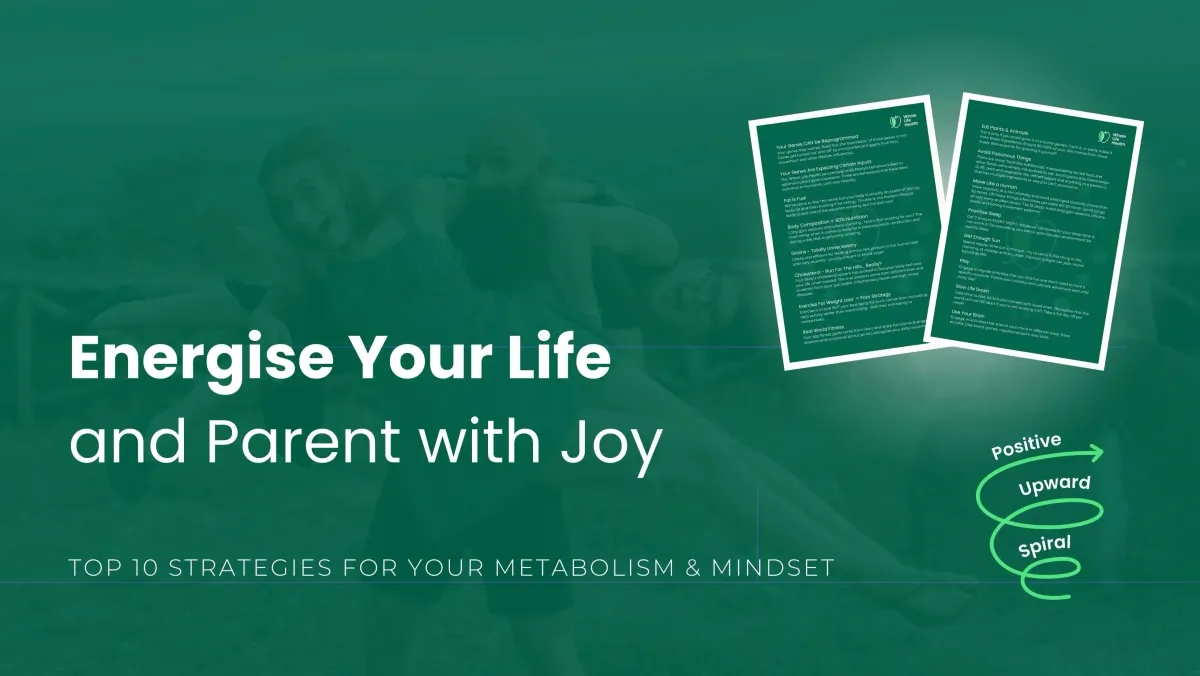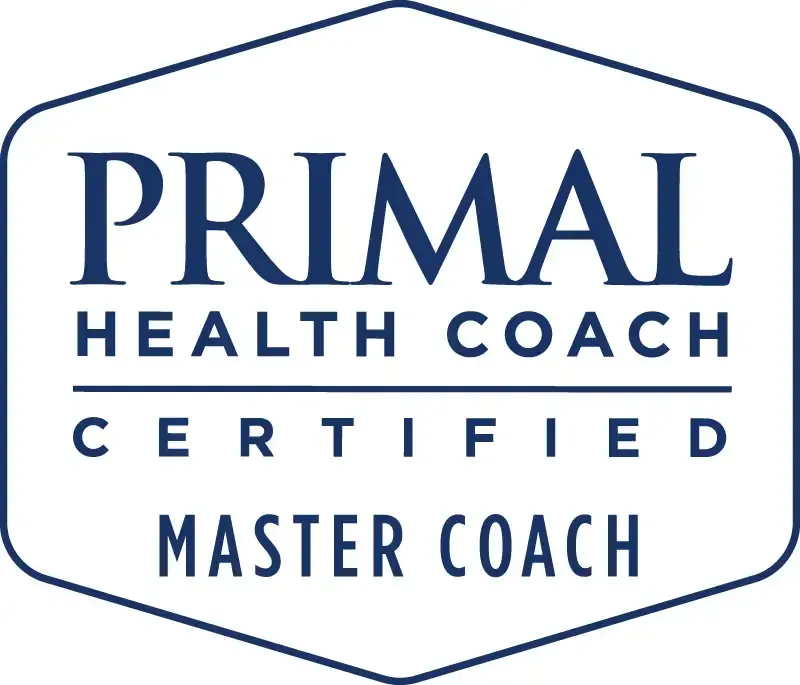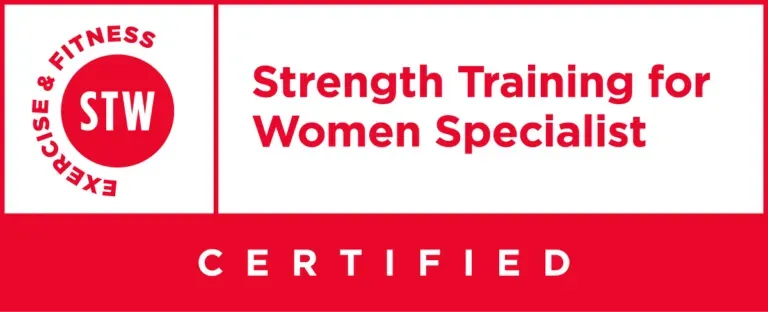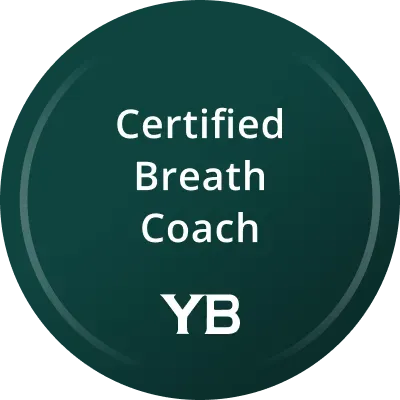
A Beginner's Guide to Intermittent Fasting
Intermittent Fasting: Start Simple, Stay Primal
Fasting isn’t extreme. It’s how humans were wired to live—periods of feast and famine, movement and rest. The problem isn’t eating less. It’s eating constantly, chaotically, and without rhythm.
If you’re curious about intermittent fasting but overwhelmed by talk of 36-hour stints and alternate-day protocols, this guide’s for you. We’re starting simple and building smart. This is a no-gimmick, ancestral take on fasting that fits into a real life—with kids, careers, and chaos included.
Start with 12:12: The Forgotten Fasting Baseline
Your first step? Simply stop eating after dinner and don’t eat again until breakfast. That’s a 12-hour overnight fast. Finish dinner by 7:00pm? Eat again at 7:00am. Boom—done.
This gives your digestive system a break, helps align you with your circadian rhythm, and begins to shift your metabolism toward fat adaptation. Once you’re coasting through this comfortably, we can stretch the window.
Step It Up Gently: When Stress is Low and Sleep is Good
From 12:12, consider moving to 13:11 and then 14:10—fasting 14 hours overnight and eating within a 10-hour window. Eventually, 16:8 might feel natural. But don’t rush. If life is hectic, your sleep’s a mess, or stress is through the roof? Hold steady. Fasting is a stressor—and your body needs to be ready for it.
Think of it like load progression in strength training. More isn’t always better. Better is better.
How to Know You’re Ready to Experiment
Once you’ve built a solid foundation—real food, good sleep, consistent movement—you may find your body asking for more fasting time. This is when clients often start playing with:
PSMF (protein-sparing modified fast: low fat and carb, high protein, short-term)
ADF (alternate-day fasting: definitely not for beginners, but helpful in plateaus)
Each has its benefits and drawbacks. I’ve used them all at different times, based on what my body needed. Once your baseline is primal and stable, experiment. Some of my clients thrive on a weekly 36-hour fast. Others prefer a few strategic PSMF days to lean out while preserving muscle.
But... Will I Lose Muscle?
Not if you’re doing it right. Prioritise protein during eating windows. Keep lifting. Sleep well.
Monitor how you feel!
Not just the numbers!
Remember: the goal isn’t to shrink, it’s to thrive. If fasting makes you moody, weak, or cold, ease off. This isn’t self affliction mode—it’s metabolic mastery.
Real World Fasting Tips (Especially for Parents)
Start with sleep. Fasting on poor sleep = cortisol rollercoaster.
Hydrate. Water, herbal teas, and electrolytes keep you sharp.
Don’t white-knuckle hunger. Distract with movement, get outside, breathe or take in some deep breaths of essential oils for a sensory hit.
Skip breakfast with intention. Not because you’re late or stressed.
Traveling or stressed? That’s a good time to press pause, not double down.
The Privilege of Fasting
Our ancestors fasted because they had to. We fast because we can. That’s a privilege. A modern superpower. Use it wisely.
Your body holds ancient wisdom—but you’ve got to earn its trust. Respect your biology, build the baseline, then play with the edges. Let fasting be a tool, not a punishment.
Want to go deeper?
For a deeper dive into the science and strategies of fasting, check out our earlier post here. If you’re after a comprehensive guide in print , you’ll love Marisa Moon’s book Not So Fast—a brilliant blend of science, story, and sanity.
FAQ
How do I know if fasting is working for me?
You’ll feel clear-headed, energised, and not ravenous. Sleep might improve. Bloating may reduce. If you’re exhausted, wired, or cold, scale it back.
What if I’m active or train in the mornings?
You can fast through training if you’re fat-adapted. Otherwise, eat a small protein-rich meal before or after. There’s no one-size-fits-all.
Can women fast safely?
Absolutely. But cycle-awareness matters. Many women do best fasting in the follicular phase and relaxing the window in the luteal phase. Others, the other way around... listen to your body.
Fasting works particularly well for post-menopausal women (in general... again... listen to your body!)
Is coffee allowed during fasting?
Yes—black coffee is fine. Avoid cream, milk, or sweeteners if you want to stay in a fasted state.
Should Intermittent fast or use Time Restricted Eating every day?
No need. Start with 1-2 days per week and take it up to 3–5 days per week if you're feeling good. Always take breaks from fasting and bring your energy intake back up to, at least, baseline. Remember fast and feast.
Ready to find your fasting flow?
Let’s build it around your life, not the other way around. Book a call to explore how Whole Life Health coaching can help you find a fasting rhythm that supports your energy, clarity, and goals.









